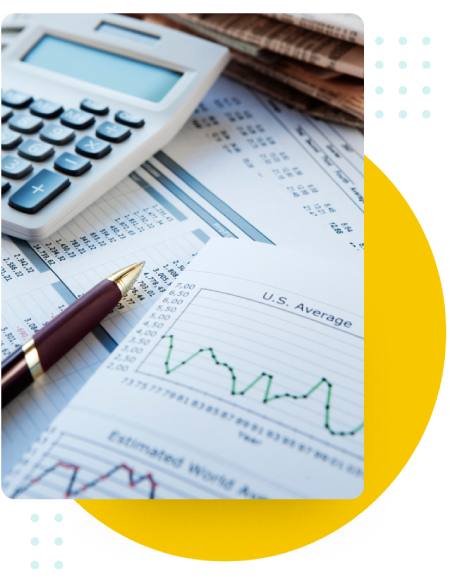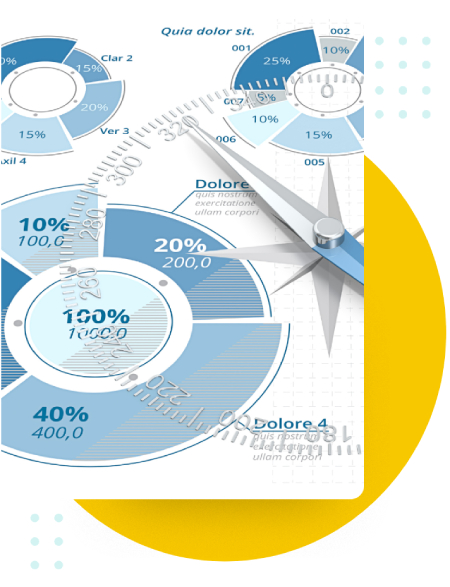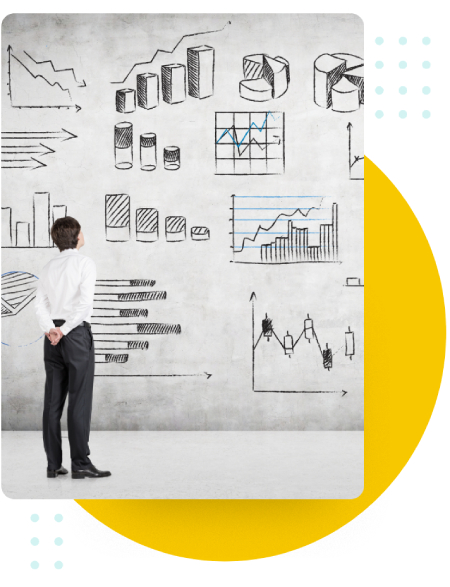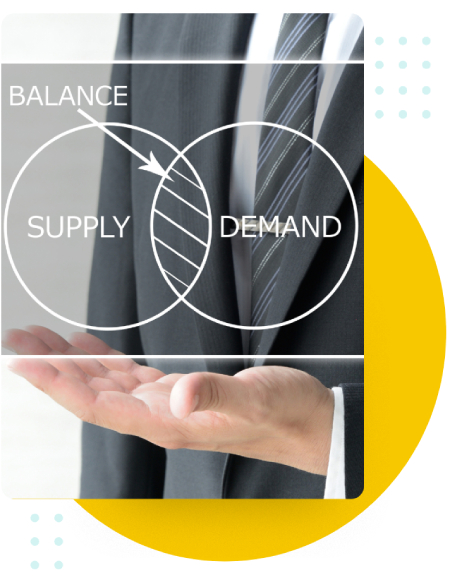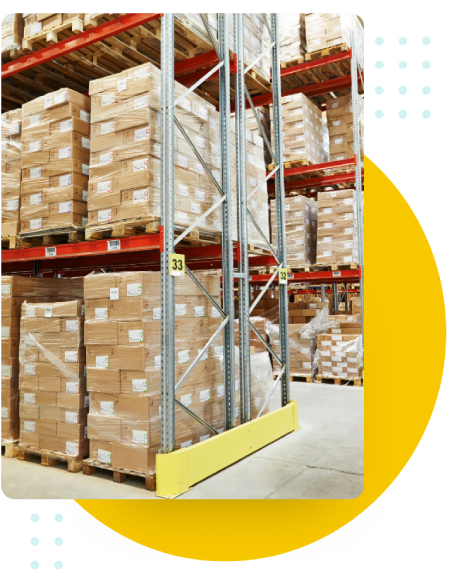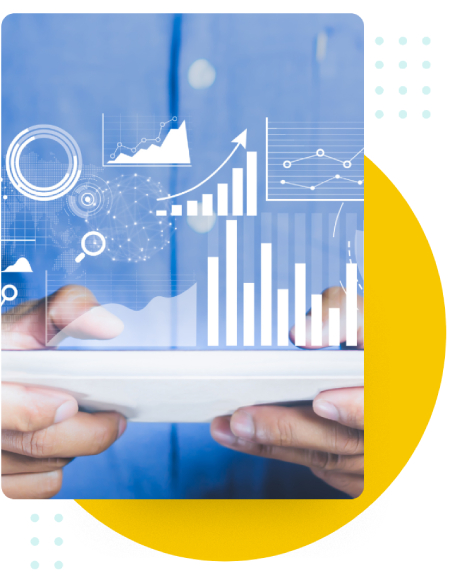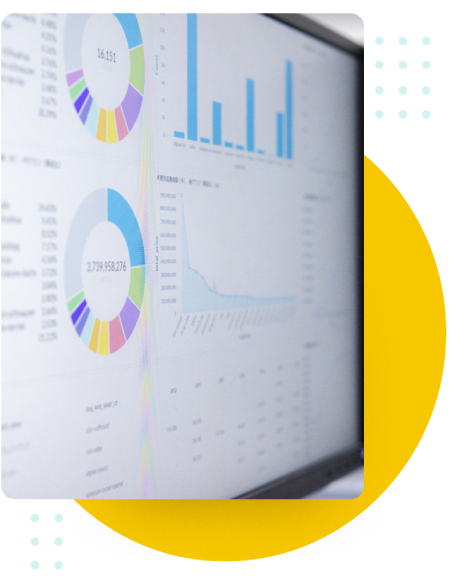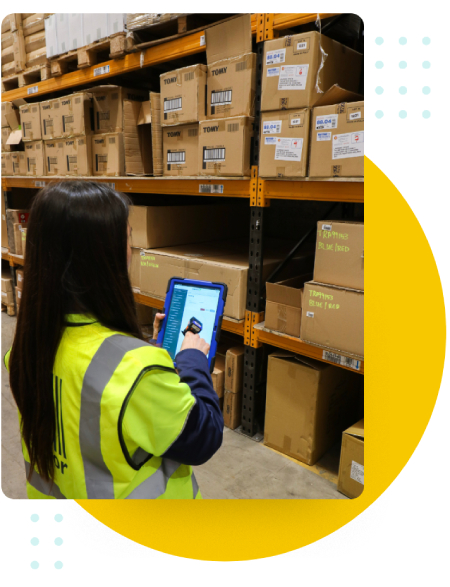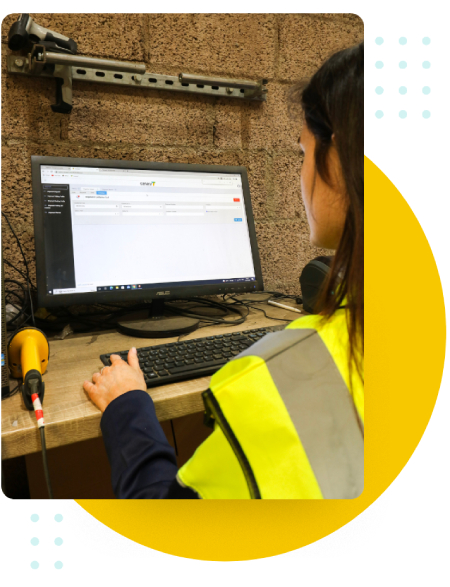Using Inventory Forecasting for Your Business: Step by Step Instructions
If you don’t have much experience with inventory forecasting, it can be hard to understand where to start with this core process. Luckily, however, the process is not too hard, and you can succeed at inventory forecasting and planning quite easily by following the simple steps listed below.
1. Decide a forecast period.
The first step is to decide a future forecast period. This is essentially a defined period of time in the future that is taken to make predictions or anticipate what’s going to happen. So, let’s say you go for a forecast period of 90 days. Your forecasting efforts will then be an effort to prepare yourself for the direction sales patterns and trends will take in the next 90 days.
You can pick a forecast period of any duration. Usually, businesses gravitate towards a forecast period of 30 or 90 days, or a year. Yet, it depends on you when it comes to this aspect.
2. Use baseline demand as the basis of your model.
Your forecasting model should employ base demand as its basis. Your base demand is the amount of inventory you sold in the last period. If you sold, say, 800 units of a certain product, then the forecasting model pertinent to that product should start with 800 units.
3. Take external factors into account.
While establishing your sales model, it is also important to take into consideration the impact of external factors on your sales. For this step, therefore, it is important to identify trends and variables from the last period, and see if they apply to your model.
Other external factors that you should take into account, include new competitors, less expensive products, product substitutes, unexpected spikes, competitive rivalries, and basically anything that can impact your sales.
4. Review sales velocity.
The next step is to review sales velocity, which, in simpler terms, means that you have to check how fast your sales move through the pipeline. The sales velocity formula is as follows:
Sales velocity (SV) = [(# of leads) x (average deal value) x (% conversion rate)] / (sales cycle length)
5. Regular updates and reforecasting.
The forecasting model you create will automatically take shape when you adjust it in accordance with your business and sales. However, as the last step, make sure that you are regularly updating the model.
There are many events that may be taken into account and require you to make changes to the model. For example, if you are a fashion retailer, take this scenario: A very famous Instagram influencer just posted a picture of an outfit assembled with your products. You are likely to experience a surge in your sales in the face of such an event, so this is something that you will have to stay on the lookout for.
And obviously, reforecasting is something you should turn to every now and then to make sure that inventory forecasting is a recurring core process for your business operations and not a one time thing.
With these five steps, you can easily create an inventory forecasting model that actually contributes toward the success of your business and doesn’t derail your progress instead. Ideally, your whole strategy should be based on these five steps, as they are sure to boost your operational efficiency and make your business fundamentally stronger and more lucrative.

